Odisha weddings are a celebration of elaborate rituals, age-old customs, and vibrant festivities that mark the essence of a marital union, seamlessly weaving together spiritual significance and communal togetherness in India’s Eastern state.
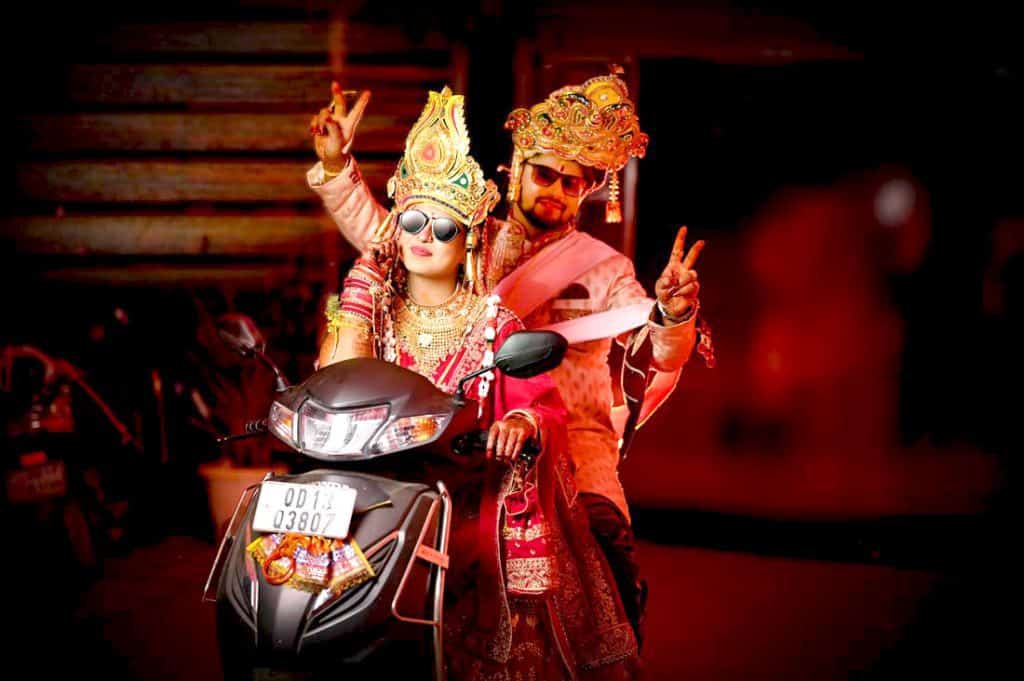
These events go beyond simple vows exchanged; and cover comprehensive festivities that honour the eternal bond of love and the merging of families. Let’s embark on a journey through the captivating ceremonies and jubilant atmosphere that render Odia weddings an extraordinary and memorable affair.
Pre-wedding Ceremonies
Nirbandh – In most Odia families, arranged marriages are the favoured option. Matchmakers’ assistance is sought, as well as social contacts within the community network. When an appropriate match is determined, the boy’s and girl’s horoscopes are matched. If the horoscopes are compatible, the two families agree to meet. If both families agree at the meeting, a date for the formal engagement ceremony, known as Nirbandh, is set.
Jayee Anukolo – The families order wedding cards, and their distribution serves as the community’s official announcement of the wedding. The first invitation card is presented to Lord Jagannath, the Oriya people’s ultimate god, ideally at his Puri temple. Deva Nimantrana is the name given to this practice. On both the bride’s and groom’s sides, the second invitation is usually extended to the maternal uncle’s family.
A family member pays a personal visit and gives the invitation card with a betel leaf and nut. Moula Nimantrana is the name given to this ritual. The bride’s family sends the third invitation to the groom’s family. The groom’s father, accompanied by other male relatives, pays a personal visit to the groom’s house to personally invite the groom and his family. Families can now send invitation cards to friends, family, and other visitors.
Mangan – The Mangan ritual, an Oriya variant of the Haldi ritual, is held a day before the wedding, preferably in the afternoon, and involves seven married women applying turmeric paste to the bride or groom’s hands and feet. One of the seven women must be the bride’s or groom’s sister-in-law. The bride and groom are washed in holy water after this ritual to fend off the evil eye and add to their pre-wedding glow.
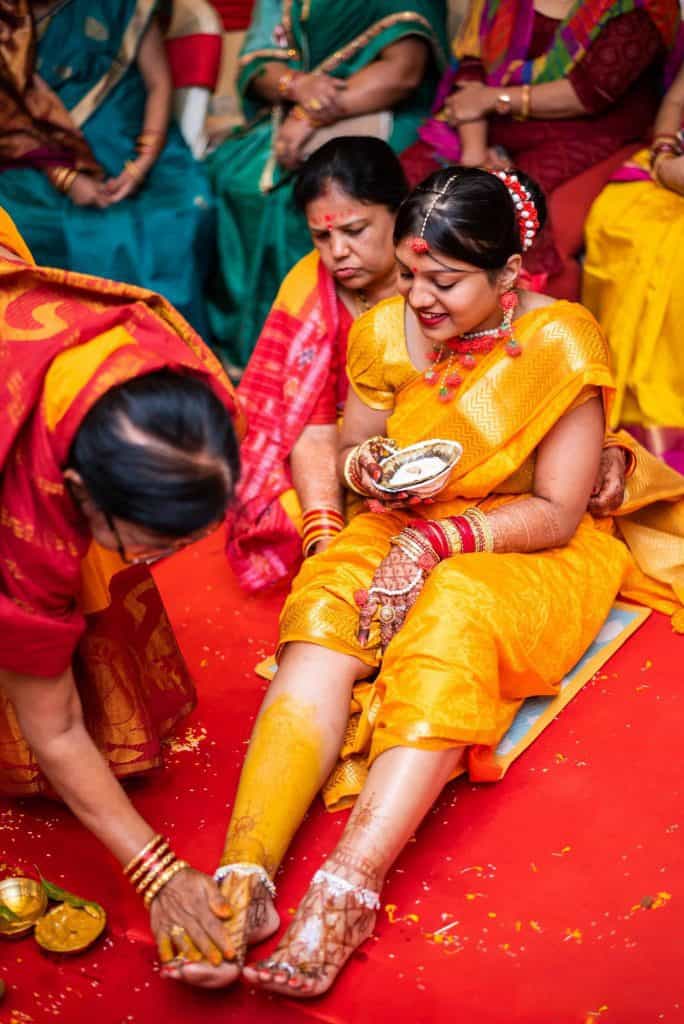
Jairagodo Anukolo – The Jairagodo Anukolo ceremony commemorates the kindling of a sacred flame, which is said to be auspicious for the wedding. Ghee or oil, in the form of havan, is used to light this fire.
Diya Mangula Puja – The Diya Mangula Puja is a very important Oriya wedding tradition. The bride’s bridal clothes, jewellery, and a box of red are usually brought to the Goddess to be blessed for the wedding, which is usually done by the local barber’s wife. At the local temple, this offering is made in the form of prayers/puja.
Wedding Ceremonies
Barjaatri – The groom is accompanied by various members of his family known as Barajaatri as he leaves his home. Typically, the bride’s family sends a vehicle and a few male family members to escort the groom and the Barajaatri. The bride’s family greets the groom and the Barajaatri at the wedding venue’s gate. The mother-in-law or a senior female member of the family performs the groom’s traditional Arti. On the groom’s forehead, a tilak of vermillion paste and unbroken rice is put.
Baadua Pani Gadhua – The bride is told of the groom’s arrival by the female cousins as he arrives. After that, she is given a ceremonial bath known as Baadua Pani Gadhua.
Kanyadaan – The Kanyadaan is one of the initial ceremonies of an Odia marriage ceremony, as it is in most Hindu marriages. The groom is the first to come to the mandap, followed by the bride. The bride’s father then hands over his daughter to the groom, requesting that he take good care of her.
Hatha Granthi Fita – The bride’s father then places her hand on the groom’s shoulder, surrounded by a garland of mango leaves. Many Hindu ceremonies see mango leaves as sacred. The Hatha Granthi Fita is a vow-taking ceremony performed with their hands wrapped in a green garland. The couple then holds hands and makes seven rounds of the fire. These seven rounds represent seven important marital commitments.
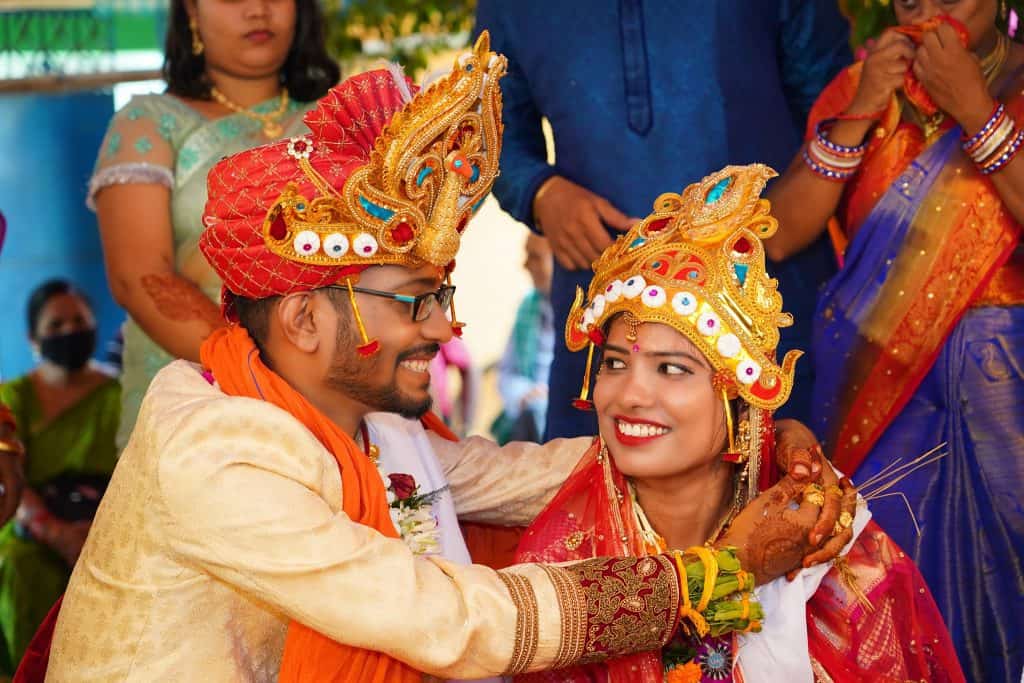
Saptapadi – The priest blesses seven little mounds of rice that are made on the ground. These heaps signify Saptakil Parwatas, or the seven hills, which represent the difficulties they will endure as a married couple. With the groom by her side, the bride breaks the mounds of rice with her right foot, marking the beginning of their seven-step journey to a happily ever after.
Lajahoma – In Oriya puffed rice, is known as Laja, and the bride’s brother places a handful of Laja on the bride’s cupped fingers. The groom then places his hand under hers and pours the rice into the sacred fire with her, a process known as the Khaipoda or Lajahoma.
Sala Bidha – The Sala refers to the groom’s brother-in-law. The Sala hits the groom on the back in a lighthearted manner, which is designed to remind the groom of his duties and promises to the bride, as well as the fact that he is accountable to his Sala just in case.
Sindoor Daan – The bride and groom leave the wedding stage and walk outdoors to see the Pole Star. The groom adds red colour powder on the bride’s hair parting and conch shell bangles to her hands after watching the Polaris. After this ceremony, the wedding is complete.
Post-wedding Ceremonies
Kaduri Khela – Following the wedding rituals, the couple is taken into a room and required to play games in order to unwind. They play with kaduri, which are small, white, glittering shells, and the ceremony is known as Kaduri Khela. The groom will try to pry them open with his closed fist, while the bride will try to pry them open with hers.
Bahuna – As the bride prepares to leave her parents’ house, her mother sings ‘Bahuna’ songs about the hardships she has had in giving birth and raising her daughter.
Gruhaprabesha – When the bride arrives at her husband’s house, she is greeted warmly by her mother-in-law. She is seen as the incarnation of Goddess Laxmi, whose mission is to promote happiness and prosperity, as symbolised by her right foot overturning a pot of rice put in the doorway.
Asta Mangala – The bride and groom visit the bride’s parental house on the eighth day after the wedding when they are traditionally welcomed with a great feast. At the bride’s paternal house, the couple spends the night together. In Oriya traditions, this is the end of all wedding rituals.
Wedding Attire
The groom wears a Cotton Shirt or a Kurta over the Dhoti, as is customary in most eastern states. With the attire, he also wears some kind of ethnic slippers. He is asked to wear a dazzling, colourful crown fashioned of Shola or Cork Pith. The bride is customarily dressed in a Boula Patta, a yellow saree with a red border.
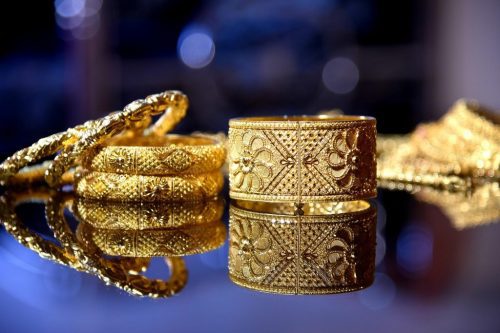
Bride in Orrisa wears a saree with a top made of elaborate brocade. The Dupatta or Uttariyo is another essential aspect of the Oriya bride’s bridal outfit. The bride wears a Dupatta that is decorated with zari and sequins and covers her head. The bride, like the husband, wears a matching headpiece. She prefers to wear aesthetically beautiful jewellery, such as necklaces, earrings, bangles, and rings, which are preferably made of gold.
Food
Chingudi Ghanta – Chingudi Ghanta is a prawn-based dish. This delightful dish is popular throughout the region and is one of the signature foods served at any Odia wedding. This spicy fried meal is a foodie’s dream come true.
Maachha Kalia – At any Oriya wedding, this version of fish is among the most popular. Spices abound in this fried meal, which is bursting with flavour. This meal is definitely to die for, with a blend of spices, plenty of chillies, and deep-fried onions.
Maachha Besara – Each fish enthusiast knows that nothing compares to the incredible flavour of a fish head. This delicacy is prepared by slicing the fish head into little pieces and then cooking it in a spicy curry.
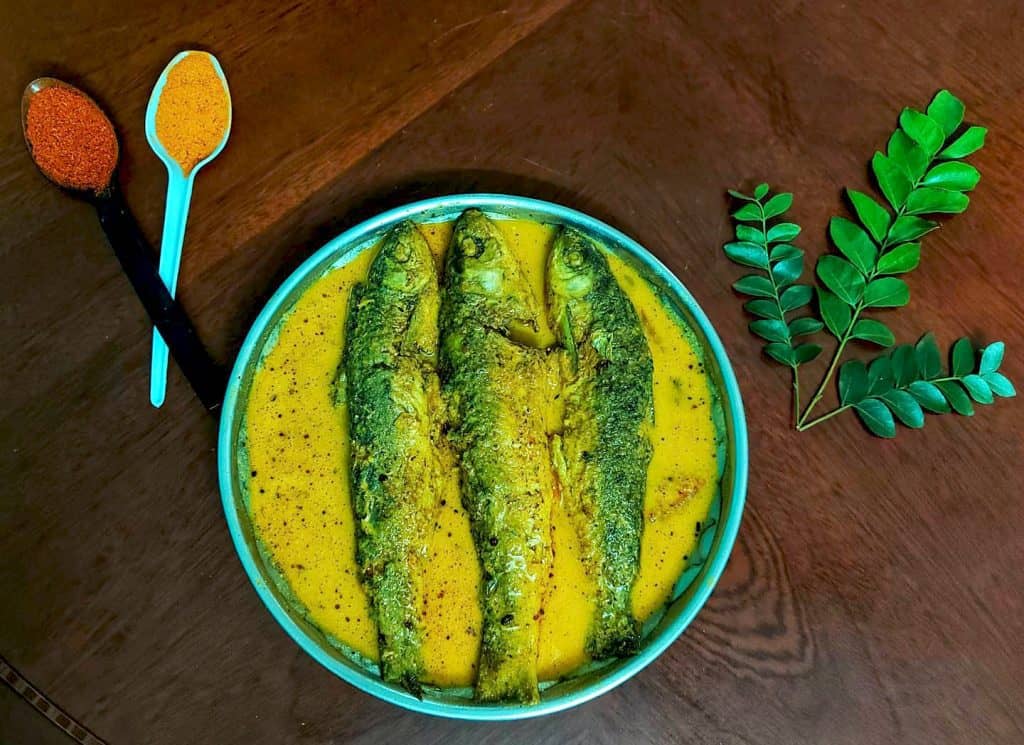
Chingudi Dalma – Dalma is a dish that will have you licking your fingers and begging for more by the end. From shrimp to vegetables to chiles, this dish has it all.
Chhena Kheera – Chenna or Paneer is used to make this version of everyone’s favourite sweet dish, kheer (cheese). This mouthwatering sweet dessert is so delicious that it is a wedding favourite. It is decorated with a variety of dry fruits, such as cashews and raisins, which adds to its delectability and appeal.
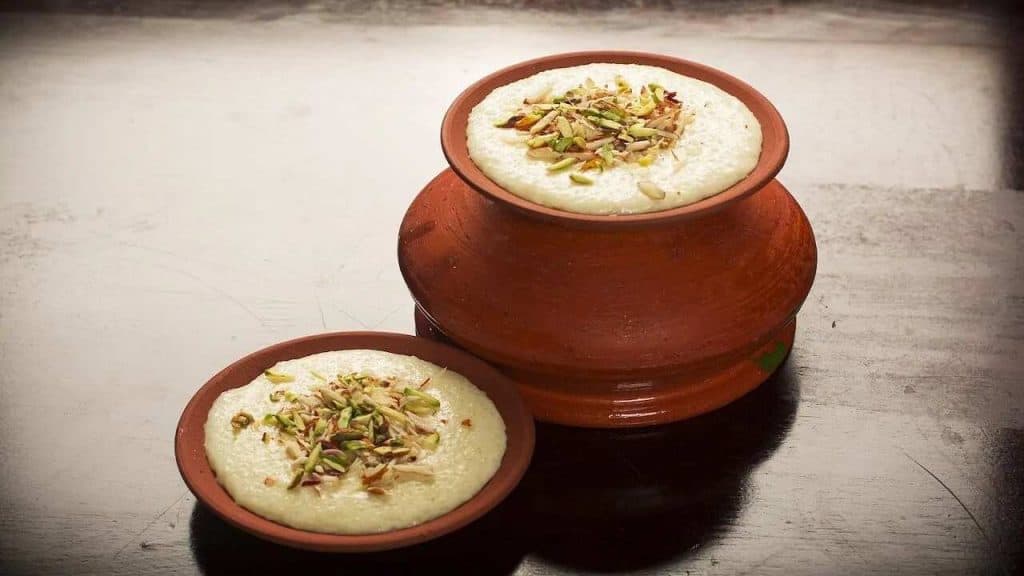
Oou Khatta – Jeera powder, mustard seeds, green chilli paste, and gud are used to make this spicy dish. This spicy side khatayi or chutney has everything you might want. It will undoubtedly be heavenly for your taste buds.
These ceremonies are profound celebrations of eternal commitment, love, and unity, weaving together the spiritual and the communal in a magnificent display of tradition. Through a myriad of rituals, customs, and ceremonies, Odisha’s weddings encapsulate the very essence of marital union, offering a window into the soul of its people and their enduring traditions.
Read more: Latest



